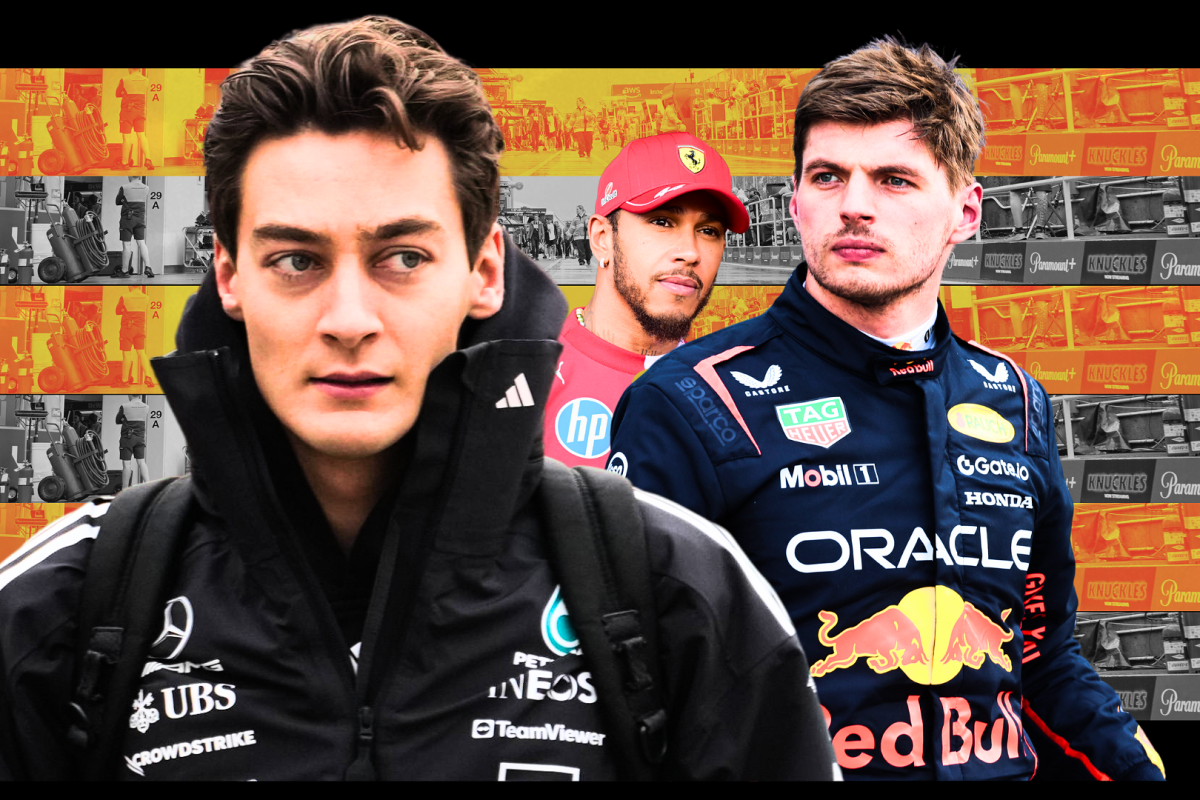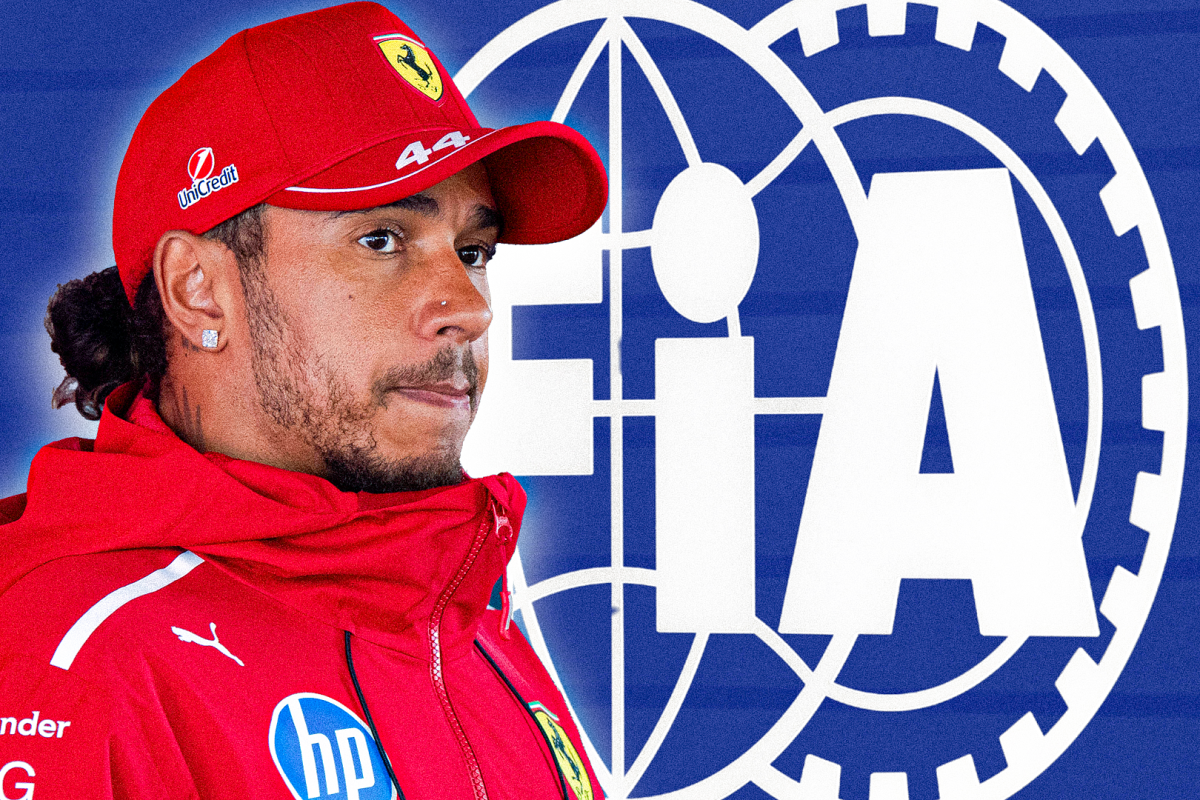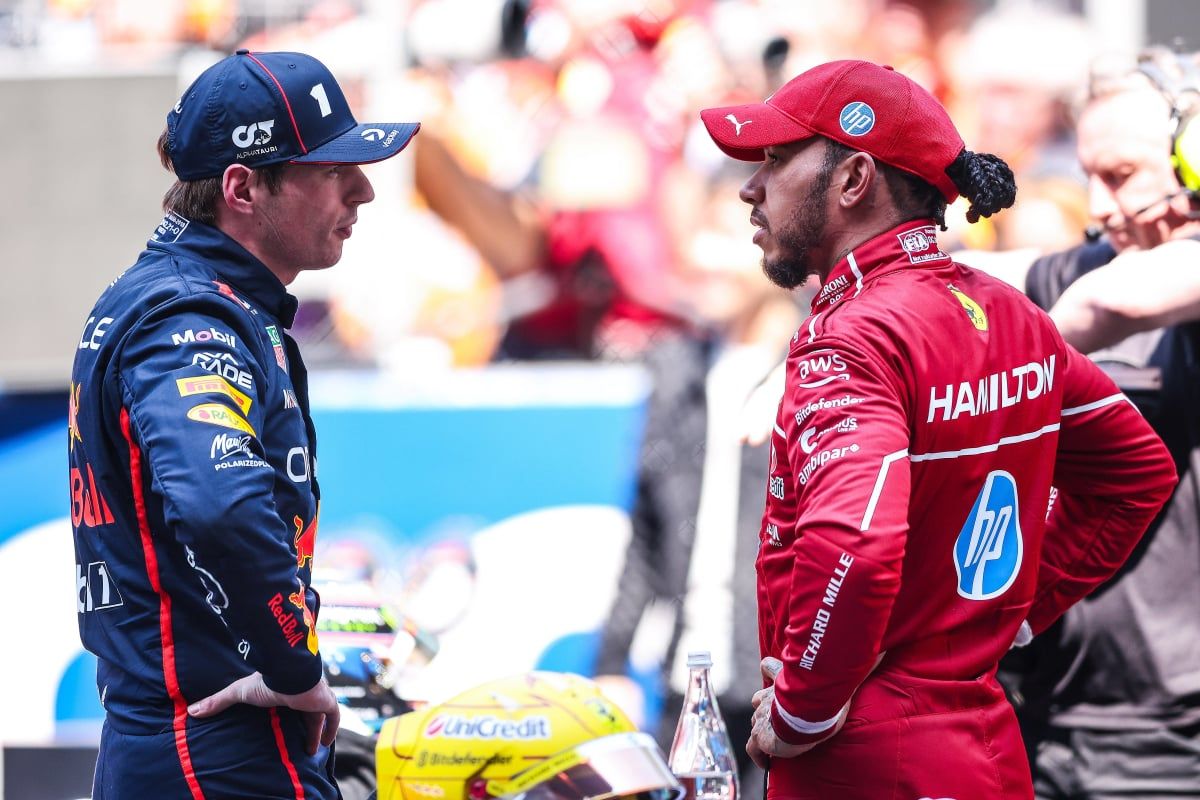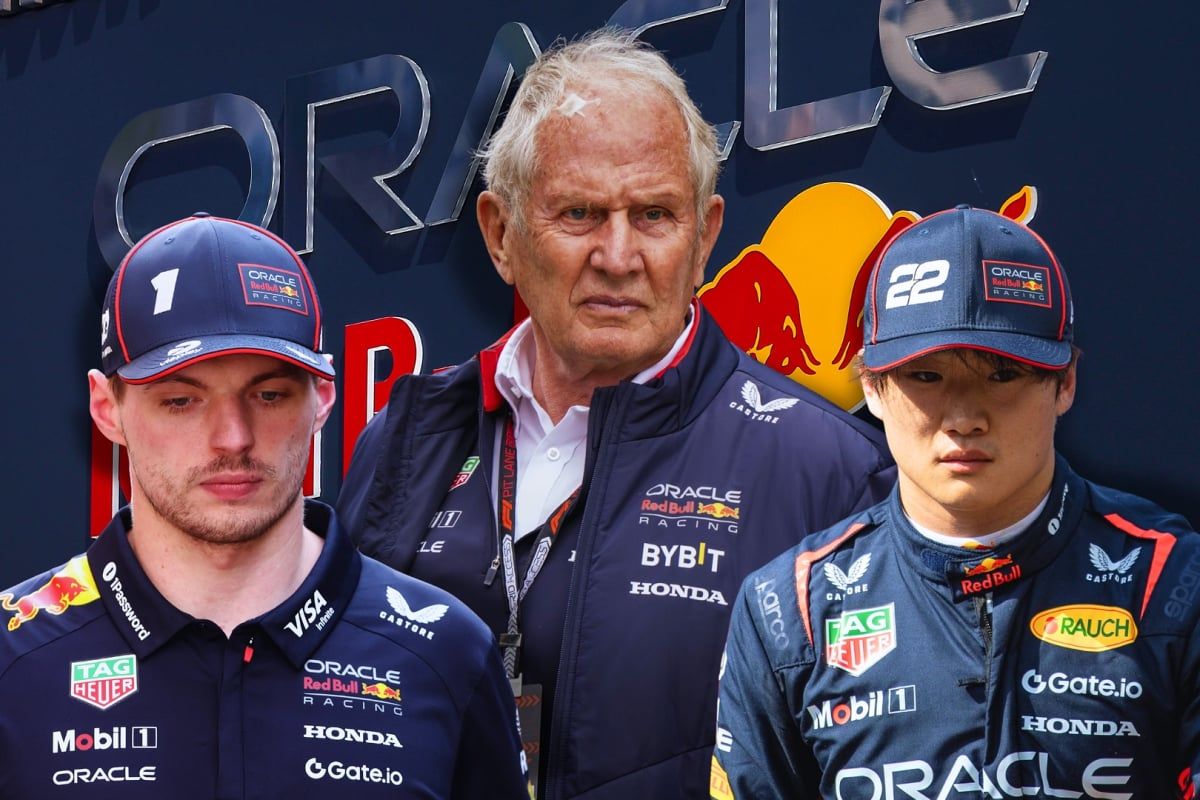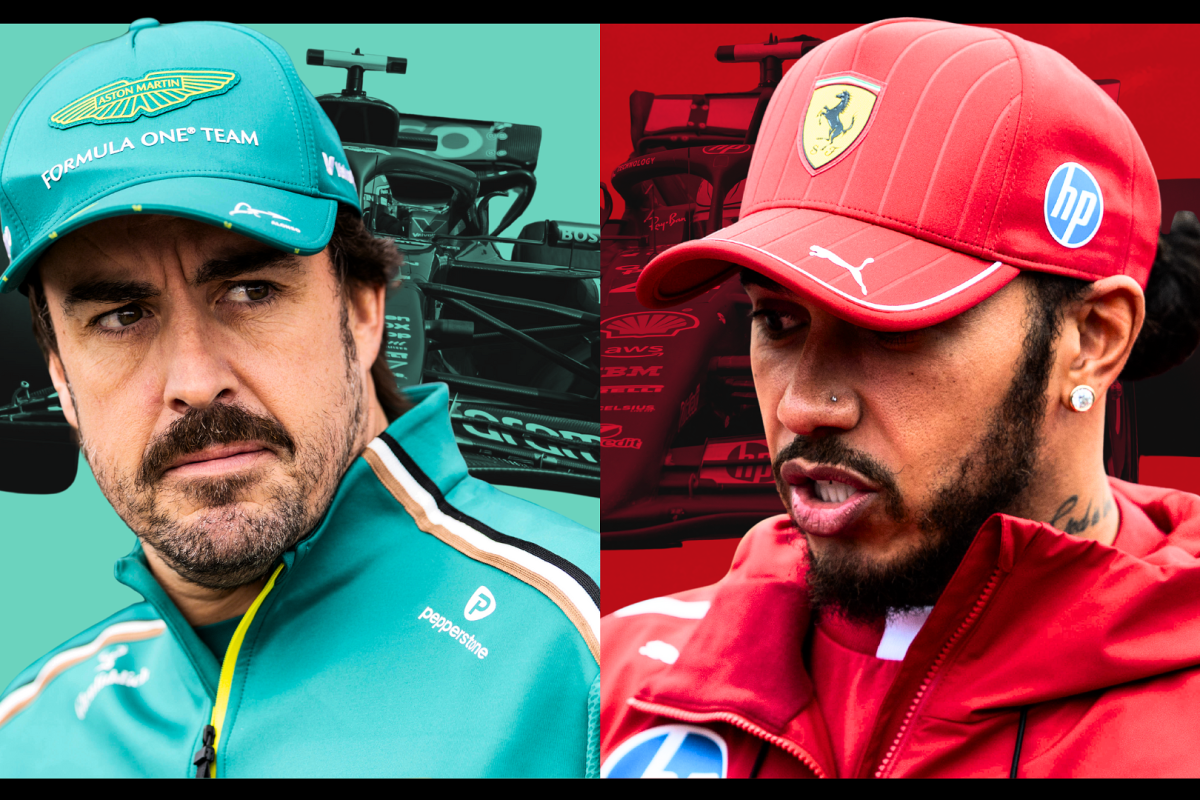.Max Verstappen done with Lewis Hamilton as new F1 arch n… read more
The history of Formula 1 is punctuated by legendary rivalries: Senna versus Prost, Schumacher against Hill, Hamilton versus Rosberg. In 2021, Max Verstappen etched his name into this pantheon, engaging in a dramatic title battle with seven-time world champion Lewis Hamilton. Their clashes, from Silverstone to Saudi Arabia, culminating in Hamilton’s agonizing last-lap defeat in Abu Dhabi, threatened to define an era. However, as Hamilton’s career trajectory shifted, a new arch-nemesis emerged for Verstappen: George Russell.
The seeds of discord between Verstappen and Russell were sown at the 2024 Qatar Grand Prix. A seemingly minor impeding incident escalated into a full-blown public feud. Verstappen, despite securing pole, was penalized for driving too slowly in front of Russell during his cooldown lap. This led to a fiery exchange, with Verstappen accusing Russell of “screwing him over” and using inflammatory language, allegedly threatening physical violence. Russell, in turn, countered with accusations of bullying, highlighting Verstappen’s past outbursts after setbacks, referencing incidents in Jeddah and Brazil in 2021, and even the Budapest crash with Hamilton in 2025. The ensuing social media frenzy saw fans analyzing every glance and gesture, noting the significant distance between the two drivers at the end-of-year awards dinner.
Despite a period of apparent détente heading into the 2025 season, hopes for a peaceful coexistence quickly evaporated. At the Spanish Grand Prix, Verstappen deliberately collided with Russell, resulting in a ten-second penalty and three penalty points for the Red Bull driver. While the verbal sparring was less intense than in Qatar, Russell criticized Verstappen’s behavior as a bad example for children, prompting a surprisingly thoughtful, albeit sarcastic, response from the Dutchman. In a rare display of self-awareness, Verstappen ultimately accepted responsibility for the incident. By the time they reached Montreal, an improbable reconciliation, at least superficially, had apparently been achieved.
The Verstappen-Russell rivalry, while undeniably captivating for its intensity and public nature, ultimately proved to be somewhat immature. The initial clashes, fueled by on-track incidents and escalating verbal attacks, showcased a level of immaturity unbefitting two top-tier drivers. The accusations of bullying, threats of violence, and public displays of animosity, overshadowed the sporting competition. The subsequent Spanish Grand Prix incident, although resulting in a penalty for Verstappen, again highlighted a lack of sportsmanship and respect for a fellow competitor. While Verstappen’s eventual admission of guilt at least indicated a capacity for self-reflection, the entire saga unfolded with a petulance that detracted from the sport.
The intensity of their feud, while providing considerable entertainment value for fans, also served as a stark reminder that even the most talented drivers are not immune to moments of immaturity and unprofessional behavior. The public nature of their disputes, amplified by social media, underscores the challenges of maintaining professionalism and sportsmanship in the highly pressurized environment of Formula 1. The Verstappen-Russell saga, therefore, stands as a cautionary tale – a compelling but ultimately childish chapter in the ongoing narrative of F1 rivalries. It highlights the human element behind the spectacle, the occasional frailty of even the most celebrated competitors, and the importance of maintaining a respectful, even if fiercely competitive, spirit within the sport.
